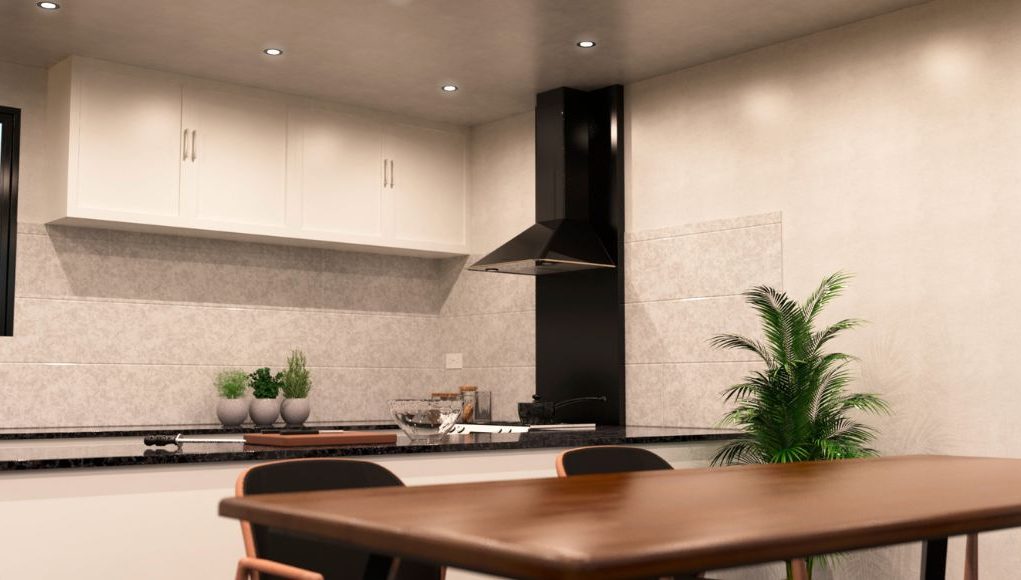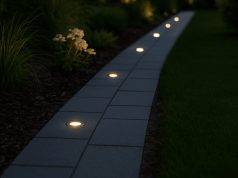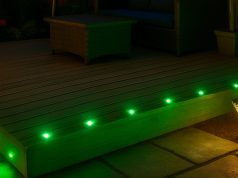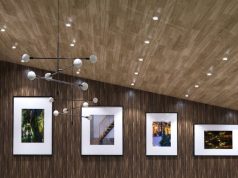Over the years, LED lighting has developed, becoming more energy-efficient and bright. Because of this, not switching to this outstanding lighting solution is a waste since everything about it will benefit you! If you have LED fixtures in your home, you’ll be able to reduce about 90% of your electrical consumption. Also, you’ll lessen your carbon dioxide emission and decrease your bulb changes! So, if you want to use LEDs in your home, here’s an LED lighting buying guide!
How Much Money Can You Save With LEDs?
Compared to halogen and CFL bulbs, LEDs may appear more expensive. However, while LEDs will initially charge you more, you must understand that the initial and running costs are different!
A GU10 LED bulb costs £7.00 and is 88% more energy-saving than halogen bulbs. If you use it for 12 hours per day with an electrical fee of £0.12 per KWH, your LED bulbs will cost you £2.40 per year.
On the other hand, a 50W halogen GU10 bulb costs £1.00. If you switch it on for 12 hours per day at £0.12 per KWH, your halogen bulb will cost you £20.00 annually! Swapping them for LEDs will help you save £10.60 per year for just a single LED bulb. How much more will you earn if you switch out all the traditional bulbs in your entire home?
Why Are LED Lights Energy-Efficient?
Have you ever tried touching a halogen bulb while it’s on? Before you can even go near the bulb, you’ll already feel the heat it radiates. Traditional bulbs are warm to the touch because instead of allocating energy to light, it goes to heat which is actually waste.
LED bulbs are more than ten times more energy-efficient than incandescent bulbs. Most of the energy it consumes is converted to light, allowing you to use a bulb at a lower power requirement. Because of this, you don’t need to pay more to get better light quality. Just switch to LEDs!
Why Do LEDs Have a Long Lifespan?
LEDs are incredibly robust and solid-state light. Also, it’s more energy-efficient, so no working parts break or burn out over time. While an incandescent bulb can only last about 1,000 hours, an LED can extend up to 30,000 to 45,000 hours! It’s about 10 years if you use your lights seven hours per day.
How Safe Are LED Bulbs?
Traditional light bulbs contain mercury and other toxic chemicals, which is terrible for you and the environment. However, LEDs don’t and are eco-friendly. Also, it doesn’t flicker, so you won’t develop headaches or eye strains even if you sit under it for hours.
Since LED bulbs only give off negligible heat, it’s safe even if you’re near or accidentally touch it.
What are Lumens and Watts in LEDs?
Old light bulbs, like halogens, measure brightness through the unit wattage. The higher the wattage, the brighter the bulb. However, when it comes to energy-efficient LED bulbs, that same rationale cannot apply. By nature, LEDs run at very low power, so equating wattage with brilliance is inappropriate.
Lumens is the unit that measures light or the brightness produced. With LED bulbs, you need to check the lumens, and the higher it is, the brighter the bulb.
To make it easier for you to find a replacement for your incandescent lamps, here’s a quick guide:
- Substitute a 75w bulb with a 1100 lumens LED bulb
- Substitute a 60w bulb with an 800 lumens LED bulb
- Substitute a 40w bulb with a 450 lumens LED bulb
What are CRI and Colour Temperature?
Aside from the lumens output, you also need to check the CRI and colour temperature when purchasing an LED bulb. Both are crucial factors because they can dictate the end result of your space.
CRI (colour rendering index) is the ability of the bulb to show the actual colours. So, if your job requires extreme attention to detail, you ought to get an LED with a higher CRI rating. Usually, a CRI rating of 80 is an excellent place to start.
Colour temperature is the number of whites a bulb has. The more whites it has, the cooler the bulb and the lesser it has, the warmer it will be. Typically, there are three colour temperatures that you can get: cool white, natural white, and warm white light.
Cool and natural white light are both ideal for task lighting, but cool white has a crisp bluish tint, while natural white is just clear (no shades of yellow or blue). Alternatively, warm white light is suitable for ambient lighting since its yellowish tone can create a cosy and relaxing atmosphere.
Is Beam Angle Important?
This may not be a priority when buying an LED bulb, but that does not mean you should skip it. The beam angle is the two points where your light’s intensity drops to 50% of the maximum. It’s essential when positioning your fixtures and determining the number you need.
A narrower beam angle is better for task lighting since it can provide a concentrated glow. On the flip side, it’s more fitting for general and ambient lighting to get a wider beam angle for overall coverage.
What is IP Rating?
If you’re going through the technical specifications of your LED bulbs, you will see a section indicating it’s IP20, IP44, IP65 and so on. What is it? An IP rating is the classification system showing the effectiveness of the seal of an electrical device. The seal prevents the entry of water, dirt, dust and any foreign elements inside the equipment.
When choosing outdoor or bathroom lighting, the IP rating is essential because it will tell you whether or not your lights are built to survive within those spaces. So, how can you determine which to get and how does the system work?
The IP rating of a device is displayed with the letters “IP” followed by two digits, with the first number denoting the protection against solids. In contrast, the second number represents the shield against liquids. The higher the IP rating is, the more protected your lights are.
Buying LED lights is easy if you do your research and planning first. If you know the rooms where you’re using them and the specification you need for each room, you won’t have a hard time finding the perfect fixture. So, if you ever need LED lighting for your home, office or other establishments, visit our website, Simple Lighting! Aside from having an extensive collection of lighting solutions, we also have experts who can help you with your lighting requirements!













